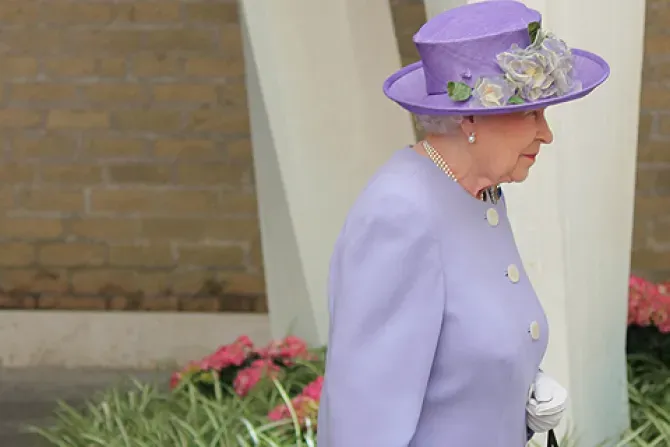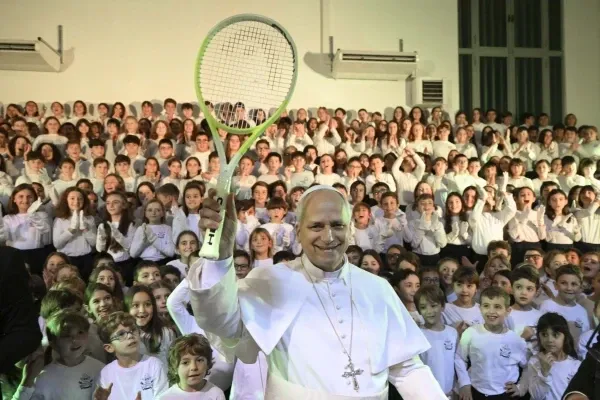Washington, 08 September, 2022 / 5:34 pm (ACI Africa).
Queen Elizabeth II, the longest-reigning monarch in British history, and the oldest and longest-serving head of state in the world, died at the age of 96 Thursday at Balmoral Castle in Scotland after a brief illness.
Elizabeth Alexandra Mary, born on April 21, 1926, was the elder daughter of Prince Albert, duke of York, and Lady Elizabeth Bowes-Lyon. There was little expectation that she would ever become queen, and she and her younger sister, Margaret, who died in 2002, are said to have lived a carefree, practically “normal” life.
That all changed on Dec. 11, 1936, when her father’s older brother, Edward VII, abdicated the throne to marry the American divorcée Wallis Simpson. Her father became King George VI, and at 10 years old, Elizabeth became the heir presumptive.
At age 27, Elizabeth ascended to the throne after her father’s death on Feb. 6, 1952. In the course of her 70-year-reign, she served with 15 prime ministers, from Winston Churchill to the newly instated Prime Minister Liz Truss. Following a centuries-old tradition, Elizabeth officially asked Truss to form a new government on Sept. 6, although the ceremony was held at Balmoral Castle rather than Buckingham Palace due to the queen’s recent mobility issues.
Her extraordinarily long reign, which one observer noted covered 30% of U.S. history, was astonishing in that she remained physically and mentally engaged until her last days. As Head of State of Britain’s constitutional monarchy, she represented Britain and served as a stabilizing and unifying leader and advocate for members of the Commonwealth. Since she became queen, she made her role as Head of the Commonwealth a priority and saw the number of nations in the Commonwealth grow from eight to 54 today. During her reign, she also met five different popes.








